Home>Gardening & Outdoor>Landscaping Ideas>How To Plant Bermuda Grass From Seed
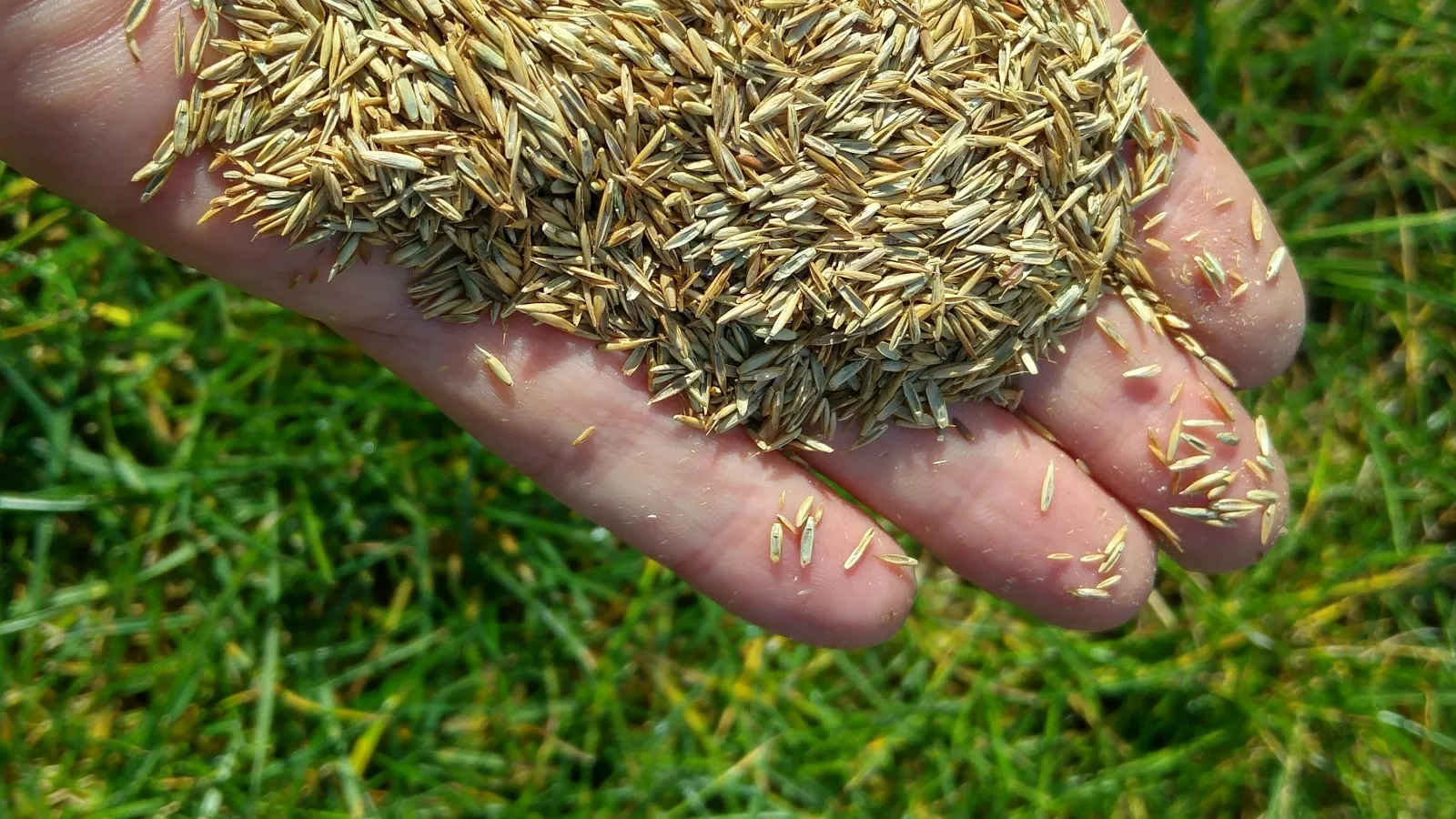

Landscaping Ideas
How To Plant Bermuda Grass From Seed
Modified: August 17, 2024
Learn the best landscaping ideas for planting Bermuda grass from seed. Get expert tips and step-by-step instructions for successful lawn establishment.
(Many of the links in this article redirect to a specific reviewed product. Your purchase of these products through affiliate links helps to generate commission for Storables.com, at no extra cost. Learn more)
Introduction
Welcome to the world of Bermuda grass, where lush green lawns and vibrant landscapes await. If you’re looking to transform your outdoor space into a verdant oasis, planting Bermuda grass from seed is an excellent choice. This versatile and resilient grass variety thrives in warm climates and is well-suited for lawns, parks, golf courses, and athletic fields. In this comprehensive guide, we’ll explore the essential steps to successfully plant Bermuda grass from seed, allowing you to cultivate a stunning and enduring lawn.
Whether you’re a seasoned gardener or a novice enthusiast, the process of planting Bermuda grass from seed can be both rewarding and enjoyable. From selecting the right seed variety to nurturing the young grass to maturity, each stage presents an opportunity to connect with nature and witness the remarkable transformation of your outdoor environment.
Join us on this horticultural journey as we delve into the nuances of Bermuda grass cultivation, uncovering the secrets to fostering a resilient and visually captivating lawn. Through careful planning, diligent soil preparation, and attentive maintenance, you’ll soon revel in the splendor of a thriving Bermuda grass landscape, beckoning you to savor the beauty of the great outdoors right in your own backyard.
Key Takeaways:
- Choosing the right Bermuda grass seed is crucial for a thriving lawn. Consider climate, intended use, growth habits, and soil compatibility to select the best variety for your landscape.
- Prepare the soil diligently before planting Bermuda grass seeds. Test the soil, control weeds, aerate, add amendments, and create a smooth seedbed for optimal germination and growth.
Read more: How To Plant Bermuda Seeds
Choosing the Right Bermuda Grass Seed
When embarking on the journey of planting Bermuda grass from seed, selecting the appropriate seed variety is a crucial first step. The diverse range of Bermuda grass cultivars offers distinct attributes, such as drought tolerance, fine texture, and rapid establishment, catering to various preferences and environmental conditions. Consider the following factors to guide your decision:
- Climate Compatibility: Assess the climate of your region to determine the most suitable Bermuda grass variety. For warm and transitional climates, common choices include common Bermuda grass (Cynodon dactylon) and hybrid Bermuda grasses such as Tifway 419 and Celebration, renowned for their heat tolerance and resilience.
- Intended Use: Evaluate the intended purpose of the grassy area. For high-traffic areas such as sports fields or golf courses, a dense and wear-resistant variety like Sahara Bermuda grass may be preferable, while finer-textured cultivars like Princess 77 are well-suited for ornamental lawns.
- Growth Habits: Consider the growth habits and maintenance requirements of different Bermuda grass types. Some cultivars exhibit aggressive growth and may necessitate more frequent mowing, while others offer a more moderate growth rate, ideal for low-maintenance landscapes.
- Soil Compatibility: Assess the soil composition and drainage characteristics of your site. Certain Bermuda grass varieties excel in sandy soils with good drainage, while others demonstrate adaptability to heavier clay soils, ensuring optimal performance in diverse soil conditions.
Consulting with local horticultural experts or cooperative extension services can provide valuable insights into the most suitable Bermuda grass seed varieties for your specific location and landscaping goals. Additionally, reputable seed suppliers and nurseries can offer guidance on selecting high-quality seeds, ensuring the genetic purity and germination potential of the chosen cultivar.
By thoughtfully considering these factors and leveraging expert advice, you can confidently select the right Bermuda grass seed variety, laying a solid foundation for a flourishing and resilient lawn that harmonizes with your landscape vision.
Preparing the Soil
Before sowing Bermuda grass seeds, preparing the soil is a pivotal undertaking that significantly influences the establishment and long-term vitality of your lawn. By cultivating a nutrient-rich and well-structured soil environment, you can create an optimal foundation for the germination and growth of Bermuda grass, fostering a robust and visually appealing turf. Here are essential steps to prepare the soil for Bermuda grass seed planting:
- Soil Testing: Conduct a soil test to assess the pH levels and nutrient content of the site. This analysis provides valuable insights into any soil amendments or pH adjustments required to create an ideal growing environment for Bermuda grass.
- Weed Control: Prior to soil preparation, eliminate existing weeds and unwanted vegetation from the area. Utilize herbicides or manual removal methods to ensure a weed-free substrate for the upcoming seeding process.
- Aeration: If the soil is compacted, perform core aeration to alleviate soil compaction and enhance air and water infiltration. This process promotes root development and facilitates the absorption of essential nutrients by the emerging Bermuda grass seedlings.
- Amendments and Fertilization: Based on the results of the soil test, incorporate organic matter, such as compost or well-rotted manure, to enrich the soil with vital nutrients. Additionally, apply a balanced fertilizer according to the recommended rates for Bermuda grass establishment, ensuring adequate phosphorus for vigorous root development.
- Seedbed Preparation: Utilize a garden rake or soil cultivator to create a smooth and level seedbed, removing debris and large clumps that may impede seed-to-soil contact. A finely prepared seedbed promotes uniform seed distribution and optimal seed-soil interface, fostering consistent germination and establishment.
By diligently addressing these soil preparation steps, you can cultivate an environment conducive to the successful germination and growth of Bermuda grass seeds. This proactive approach sets the stage for a resilient and thriving lawn, characterized by lush greenery and enduring beauty, inviting you to revel in the splendor of a meticulously prepared landscape.
Water the newly planted Bermuda grass seeds regularly to keep the soil moist, but not waterlogged. This will help the seeds germinate and establish a healthy root system.
Planting Bermuda Grass Seed
As you embark on the exciting endeavor of planting Bermuda grass from seed, meticulous attention to the seeding process is paramount to ensure successful germination and establishment. By adhering to best practices and leveraging proven techniques, you can set the stage for a vibrant Bermuda grass lawn that captivates with its lush greenery. Here’s a step-by-step guide to planting Bermuda grass seed:
- Timing: Select an optimal time for seeding, typically during the late spring or early summer when soil temperatures consistently reach the range of 65 to 70 degrees Fahrenheit. This favorable temperature range promotes rapid germination and robust seedling development.
- Seed Distribution: Utilize a broadcast spreader or seed drill to evenly distribute Bermuda grass seed across the prepared seedbed. Follow the recommended seeding rates specific to the chosen Bermuda grass variety, ensuring uniform coverage for a dense and uniform lawn.
- Seed-to-Soil Contact: After broadcasting the seeds, lightly rake the soil surface to achieve gentle seed incorporation, promoting adequate seed-to-soil contact while maintaining the majority of seeds within the top 1/4 inch of soil. Proper seed placement is vital for successful germination and emergence.
- Pressing or Rolling: To further enhance seed-to-soil contact, lightly press or roll the seeded area with a lawn roller or tamper. This step aids in securing the seeds in the soil and promotes consistent moisture retention, fostering favorable conditions for germination.
- Mulch Application: Consider applying a thin layer of weed-free straw or erosion control blanket to the seeded area to safeguard the seeds from desiccation and erosion. The mulch helps retain moisture, moderates soil temperature, and minimizes seed disturbance, contributing to successful germination and establishment.
By meticulously executing these planting procedures, you can optimize the germination potential and early growth of Bermuda grass seeds, paving the way for a resilient and visually captivating lawn. With proper care and favorable growing conditions, the newly planted Bermuda grass seeds will soon emerge, signaling the onset of a lush and inviting landscape that beckons you to revel in the natural splendor of your outdoor sanctuary.
Watering and Maintenance
After planting Bermuda grass seeds, diligent watering and attentive maintenance are essential to nurture the emerging seedlings and foster robust growth. By implementing a well-structured watering regimen and adhering to proactive maintenance practices, you can cultivate a resilient and visually captivating Bermuda grass lawn that thrives in its new environment. Here’s a comprehensive guide to watering and maintaining Bermuda grass:
- Initial Watering: Immediately after seeding, lightly water the area to ensure the soil is moist to a depth of 1 to 2 inches. Employ a gentle spray or misting setting to prevent seed displacement and promote uniform moisture distribution, facilitating the germination process.
- Regular Watering: Maintain consistent soil moisture by lightly watering the seeded area multiple times per day, especially during periods of dry or windy weather. Aim to keep the soil surface consistently moist but not waterlogged, fostering favorable conditions for seed germination and early seedling growth.
- Gradual Transition: As the Bermuda grass seedlings emerge and establish, gradually reduce the frequency of watering while increasing the volume of water applied during each session. This transition encourages deep root development and enhances the drought tolerance of the young grass plants.
- Mowing: Once the Bermuda grass reaches a height of 2 to 3 inches, initiate mowing at the recommended mowing height for the specific Bermuda grass variety. Regular mowing promotes lateral growth and density, contributing to a lush and uniform lawn appearance while minimizing weed encroachment.
- Fertilization: Apply a balanced fertilizer formulated for Bermuda grass at the recommended intervals to supply essential nutrients for vigorous growth and vibrant color. Select a fertilizer with a nitrogen-phosphorus-potassium (N-P-K) ratio tailored to the specific needs of Bermuda grass, supporting sustained health and vitality.
- Weed Control: Implement proactive weed control measures to prevent weed competition and preserve the integrity of the Bermuda grass lawn. Utilize selective herbicides and manual weed removal techniques to address any emerging weed populations, maintaining the pristine appearance of the turf.
- Pest and Disease Management: Monitor the lawn for signs of pests and diseases, promptly addressing any issues to safeguard the health and vigor of the Bermuda grass. Consult with local extension services or horticultural experts to identify and mitigate potential pest and disease threats effectively.
By embracing these watering and maintenance practices, you can foster the optimal development of Bermuda grass, nurturing a resilient and visually captivating lawn that enriches your outdoor living experience. With dedicated care and proactive management, your Bermuda grass landscape will flourish, inviting you to savor the natural beauty and enduring allure of a meticulously maintained and vibrant outdoor sanctuary.
Read more: When To Plant Bermuda Seeds
Conclusion
Congratulations on embarking on the enriching journey of planting Bermuda grass from seed. As you’ve discovered, cultivating a lush and enduring Bermuda grass lawn is a rewarding endeavor that harmonizes nature’s beauty with your outdoor sanctuary. By carefully selecting the right Bermuda grass seed variety, meticulously preparing the soil, and executing the planting process with precision, you’ve set the stage for a vibrant and resilient lawn that beckons you to revel in its natural splendor.
As your Bermuda grass seeds germinate and the young seedlings emerge, attentive watering and proactive maintenance practices will play a pivotal role in nurturing the growth and vitality of your burgeoning lawn. By adhering to a well-structured watering regimen, implementing strategic maintenance tasks, and providing essential care, you can cultivate a visually captivating Bermuda grass landscape that thrives in its new environment, enriching your outdoor living experience.
As you witness the transformation of your outdoor space into a verdant oasis adorned with the vibrant hues of Bermuda grass, take pride in the dedication and care you’ve invested in fostering a resilient and visually appealing lawn. Embrace the natural rhythm of the growing process, savoring the evolving beauty of your Bermuda grass landscape as it matures into a breathtaking tapestry of greenery.
With each passing season, your Bermuda grass lawn will flourish, inviting you to bask in the tranquil allure of your meticulously nurtured outdoor haven. Whether it’s the joy of leisurely strolling across the velvety turf, hosting gatherings amidst the verdant expanse, or simply relishing the serenity of your revitalized landscape, your Bermuda grass lawn will serve as a testament to your commitment to creating a captivating and sustainable outdoor retreat.
May your Bermuda grass lawn become a source of pride and rejuvenation, offering a resplendent backdrop for cherished memories and tranquil moments in the embrace of nature’s splendor. As you continue to care for and appreciate your Bermuda grass landscape, may it inspire a profound connection with the natural world, reminding you of the enduring beauty and resilience that thrives within your own backyard.
Frequently Asked Questions about How To Plant Bermuda Grass From Seed
Was this page helpful?
At Storables.com, we guarantee accurate and reliable information. Our content, validated by Expert Board Contributors, is crafted following stringent Editorial Policies. We're committed to providing you with well-researched, expert-backed insights for all your informational needs.
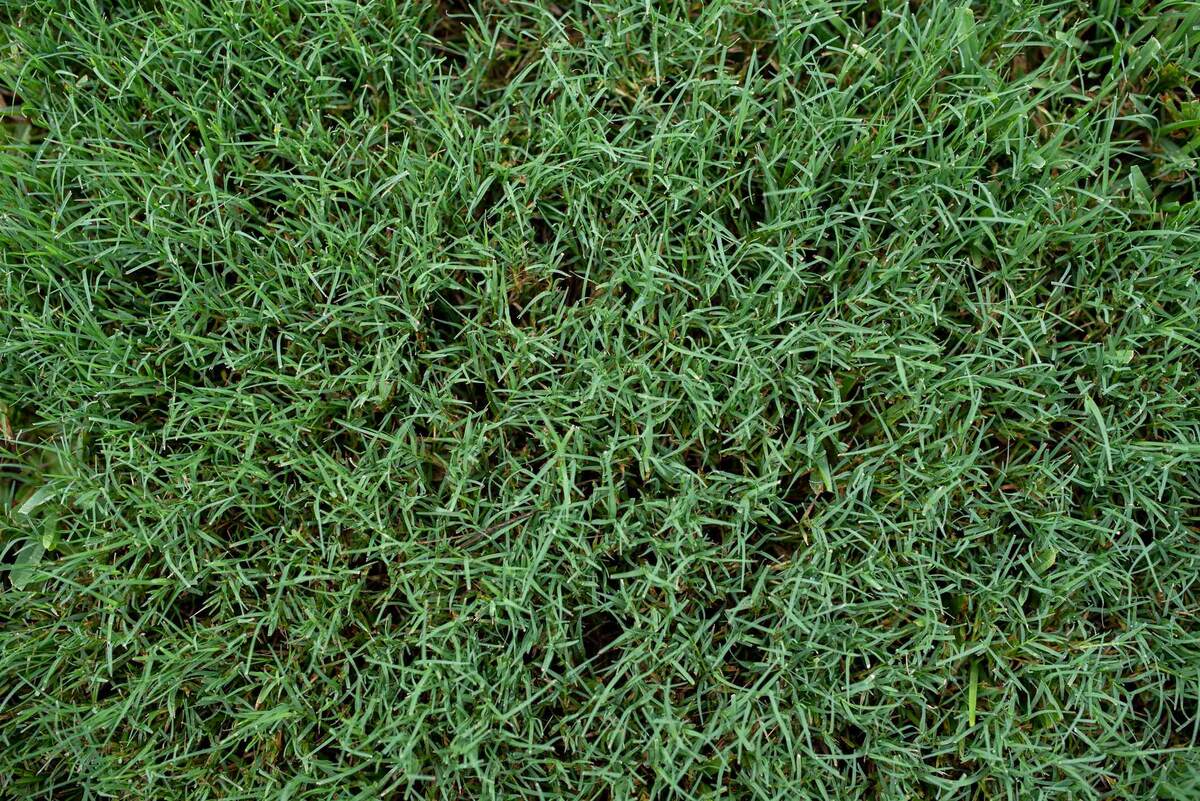
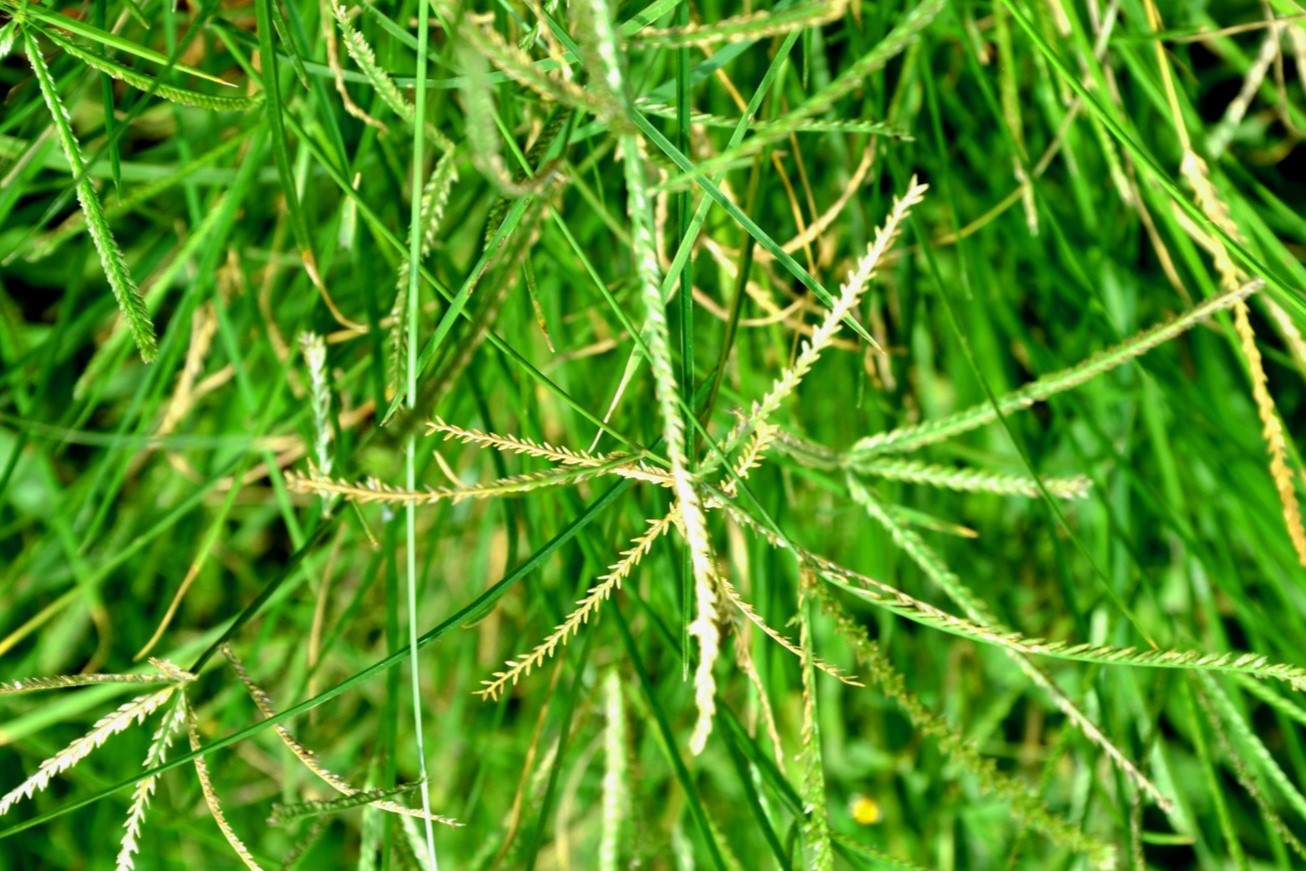
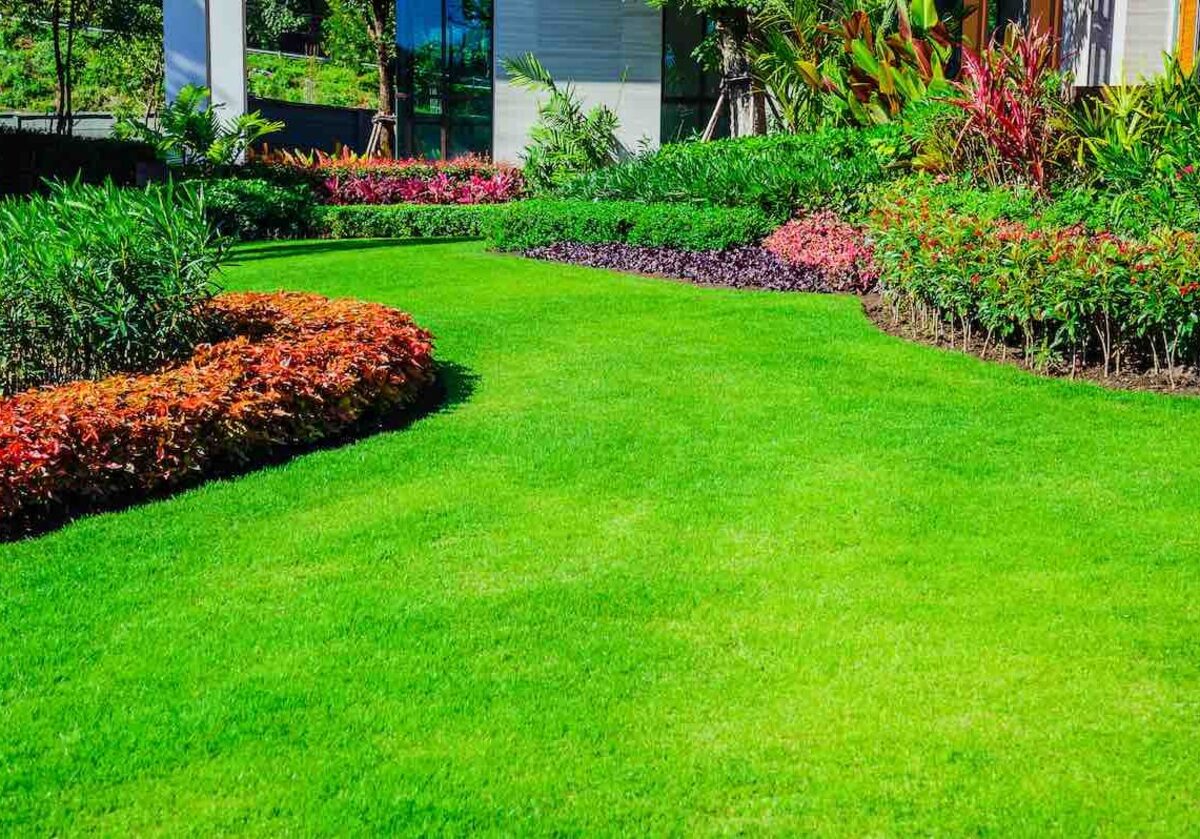
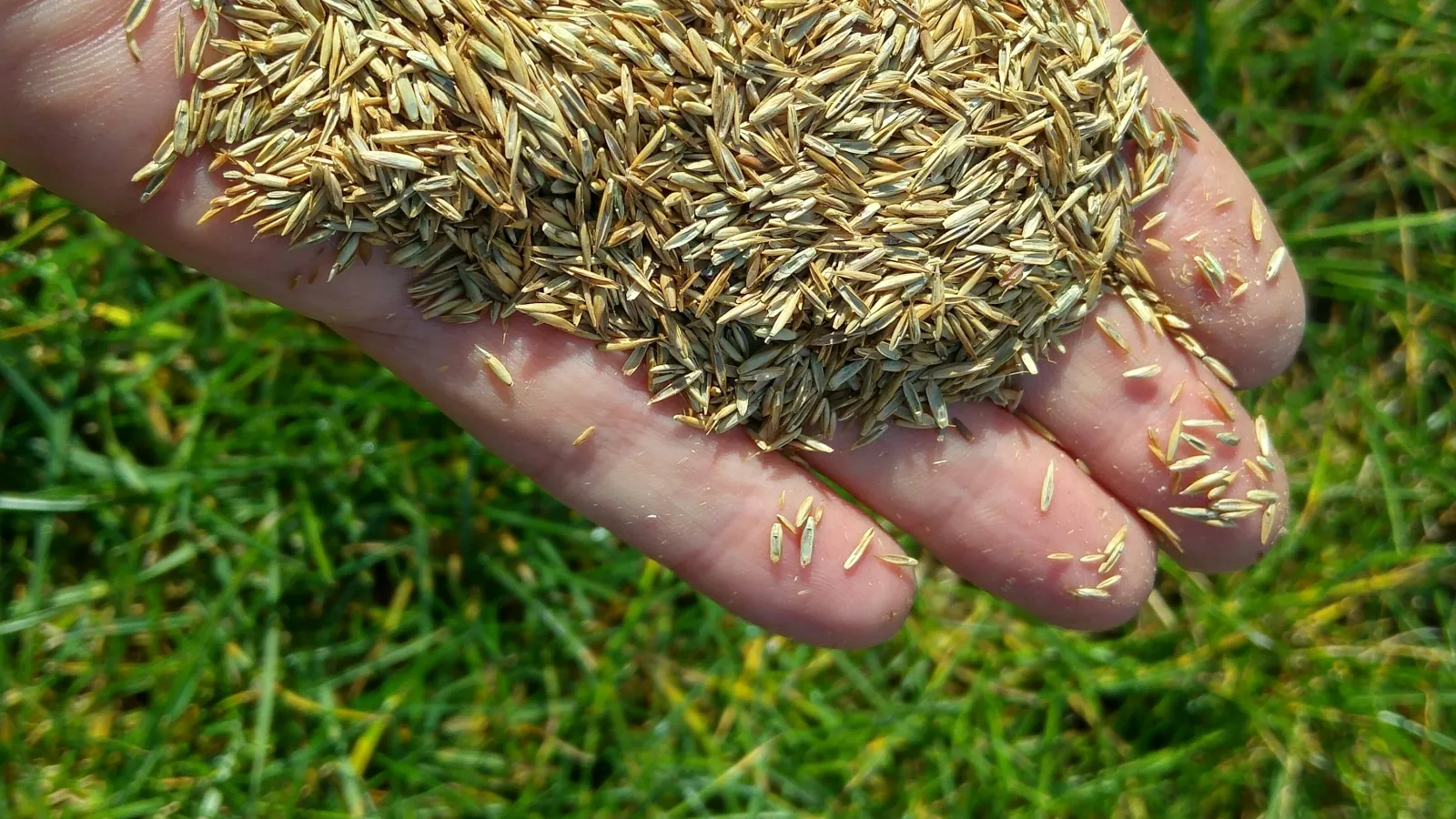
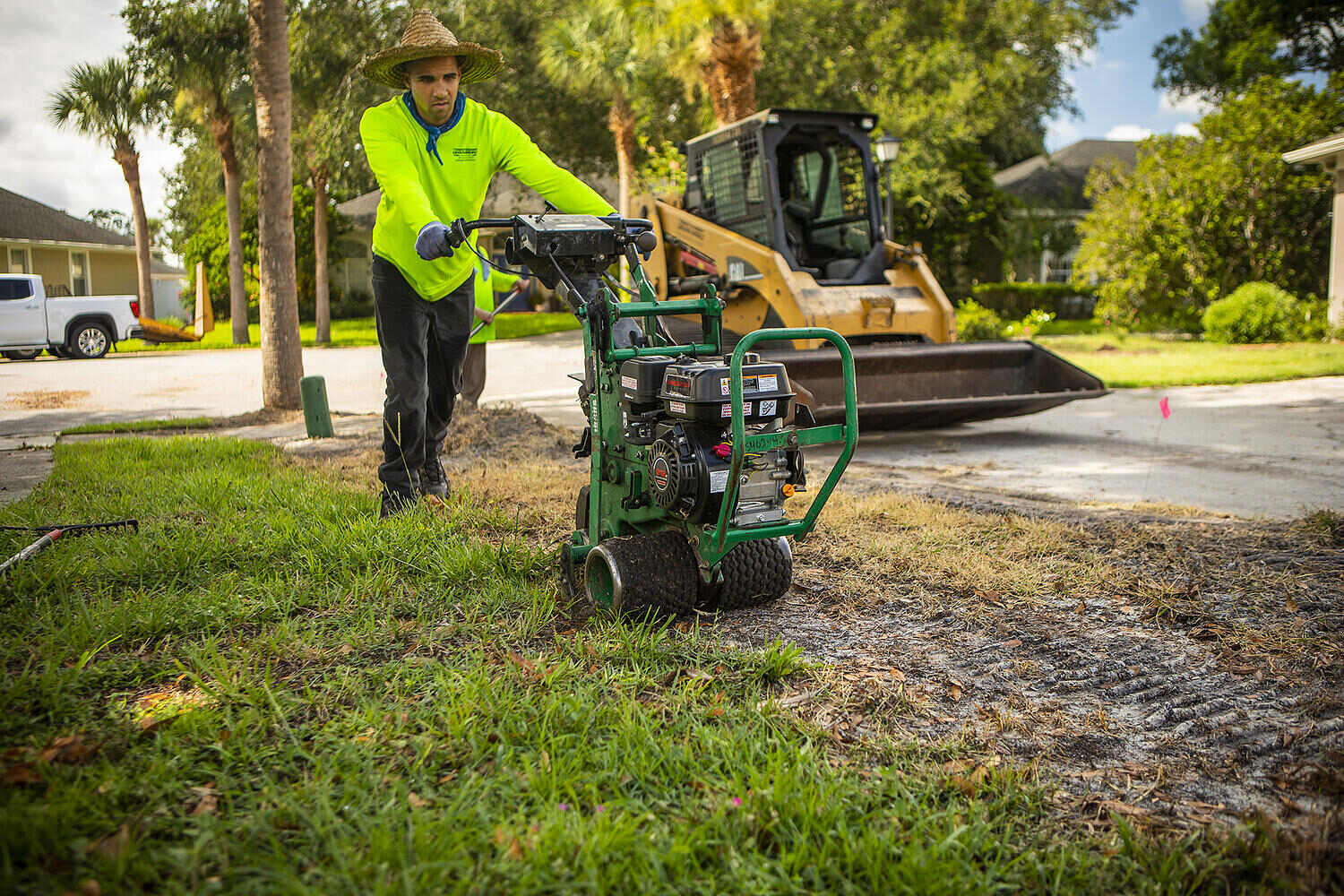
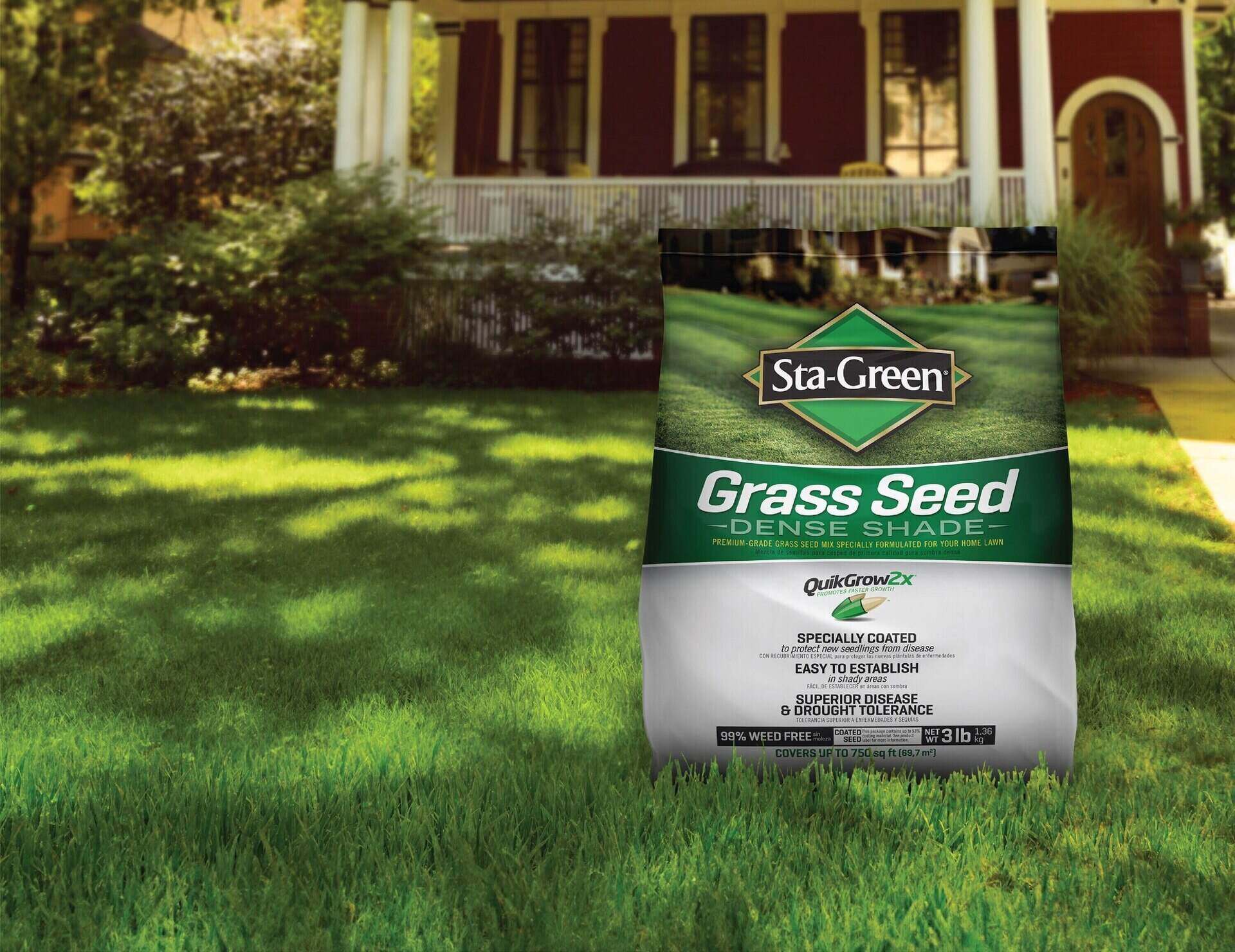
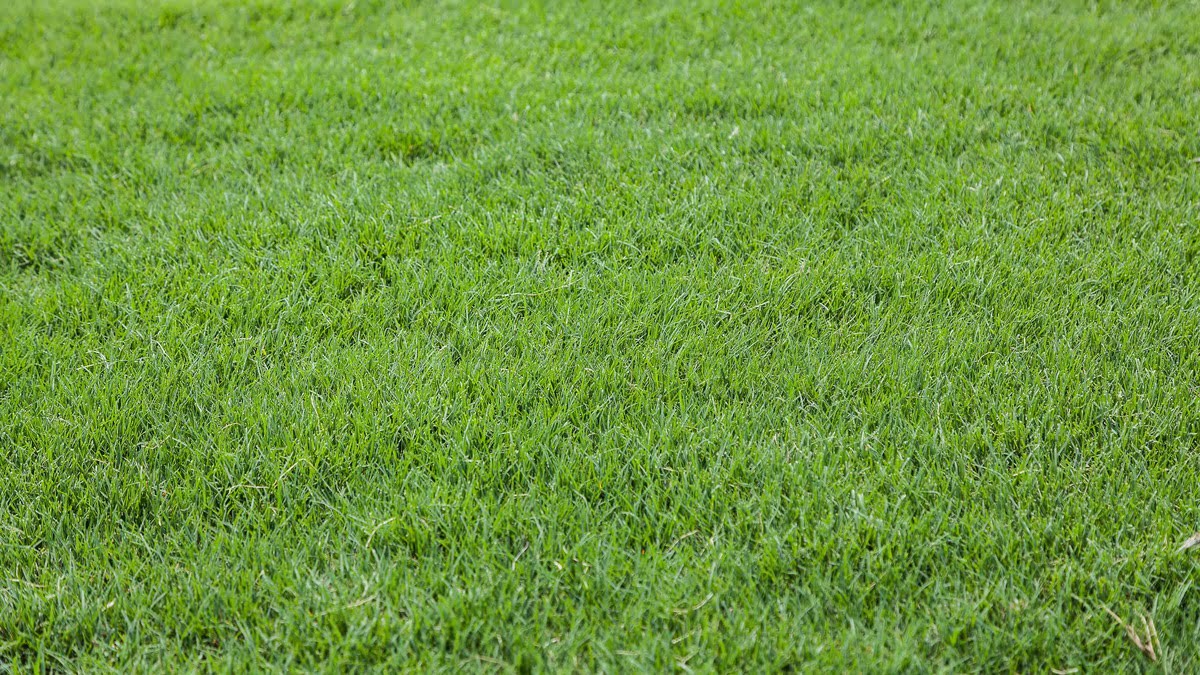
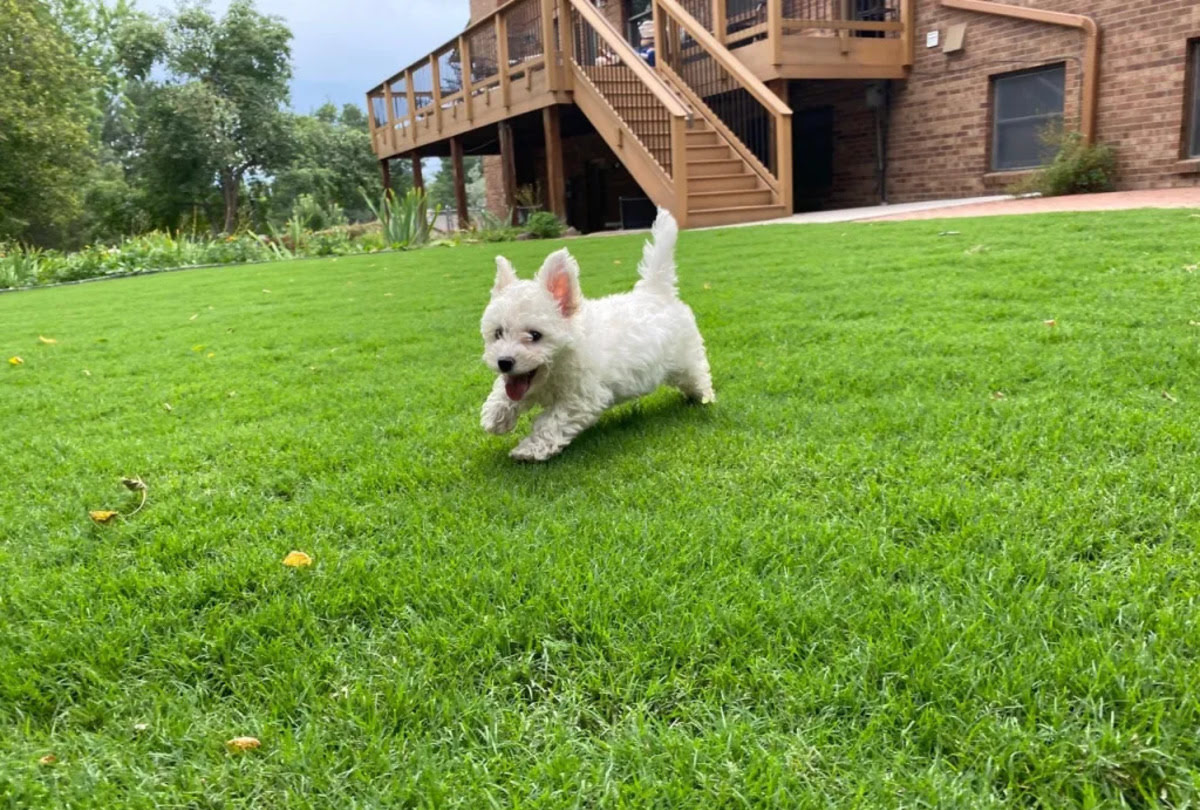

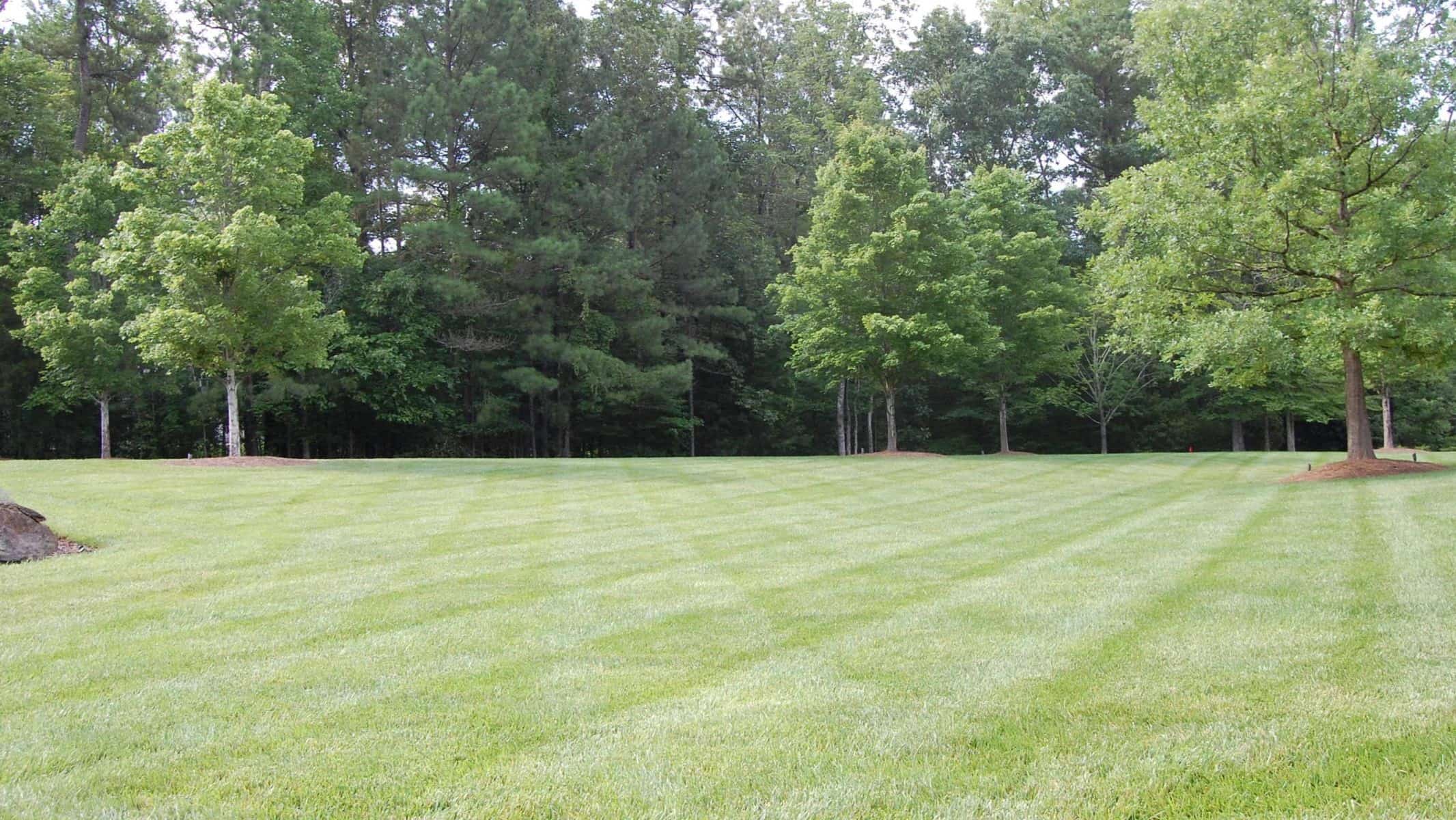
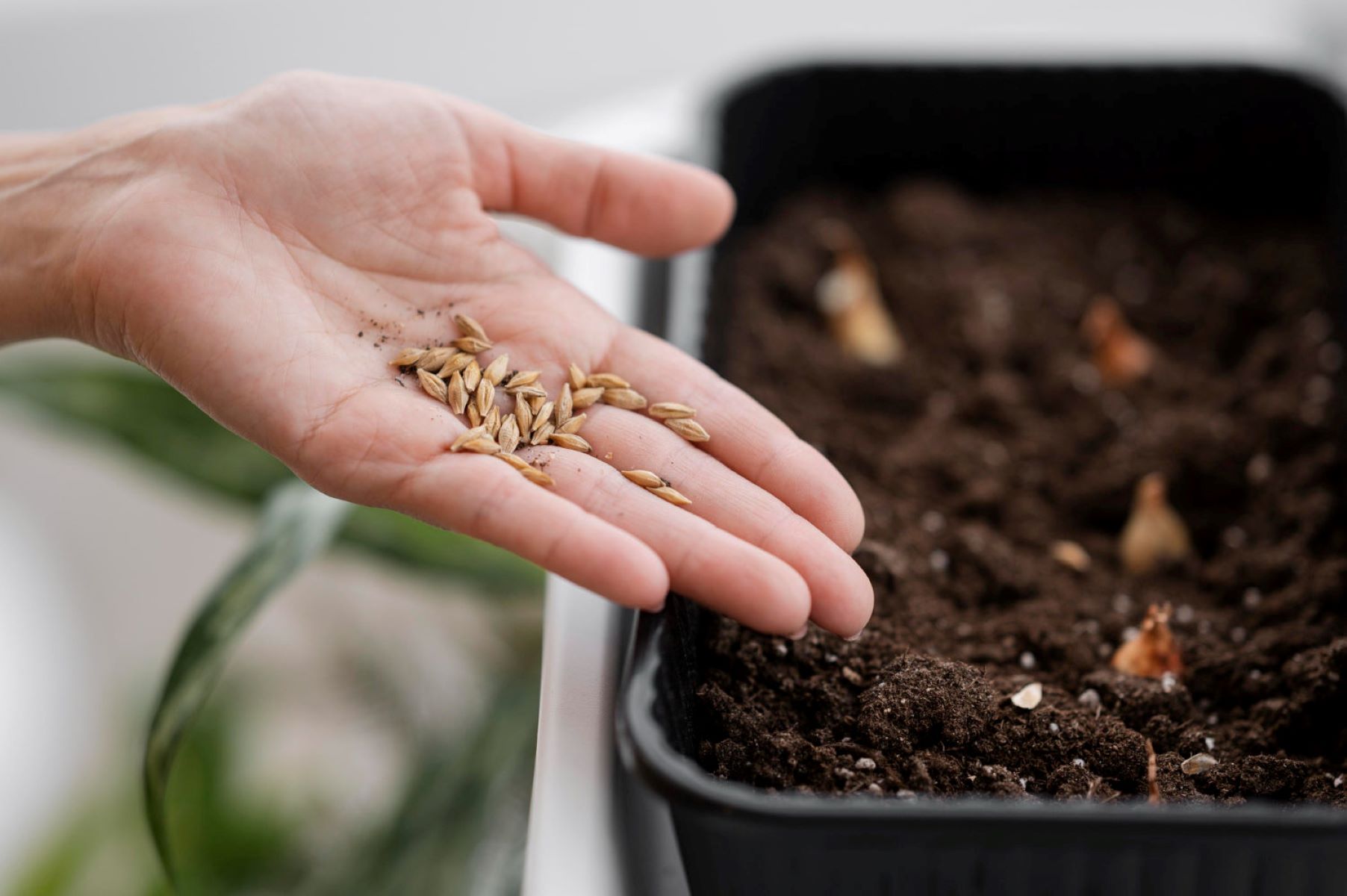
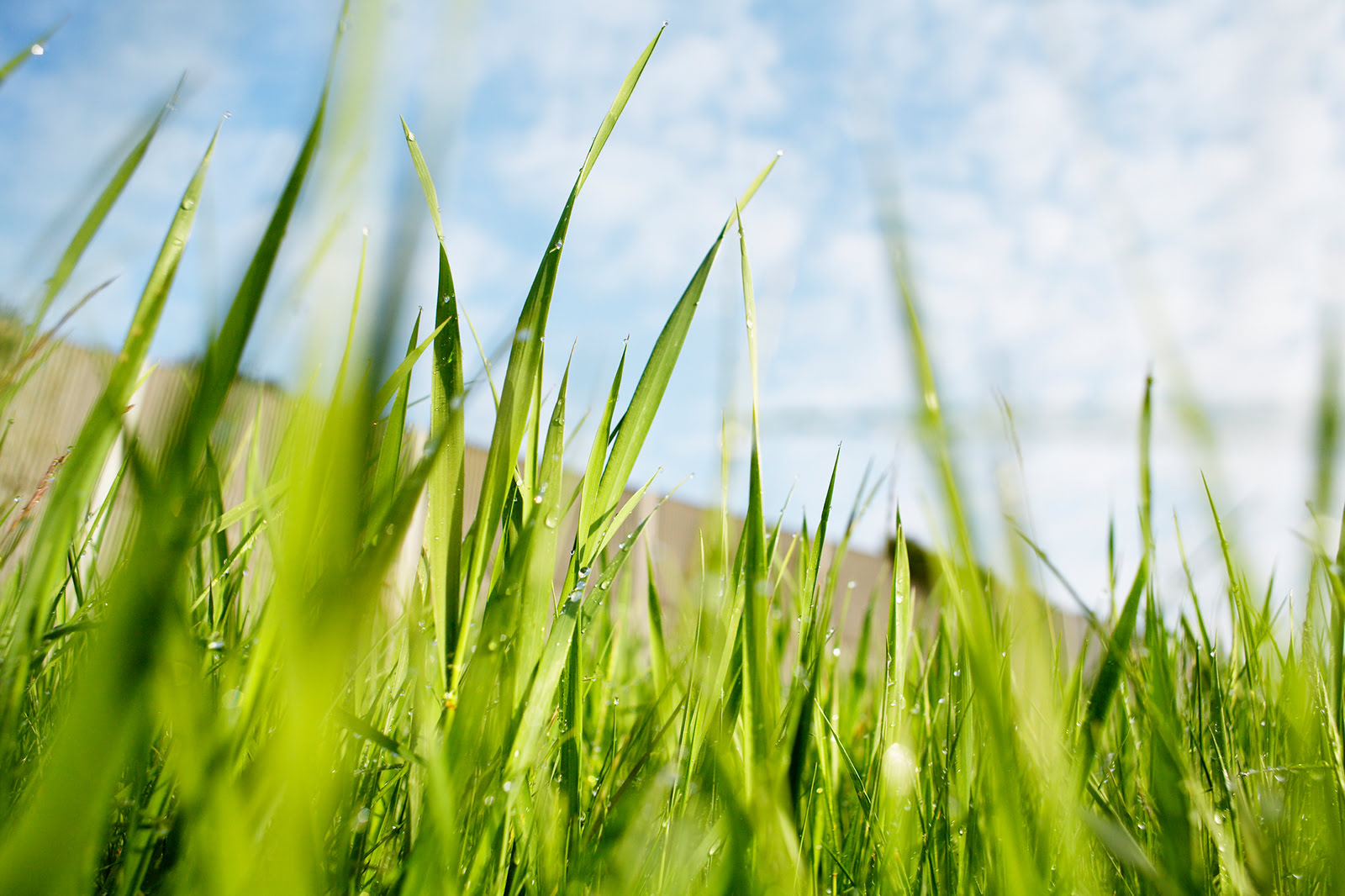
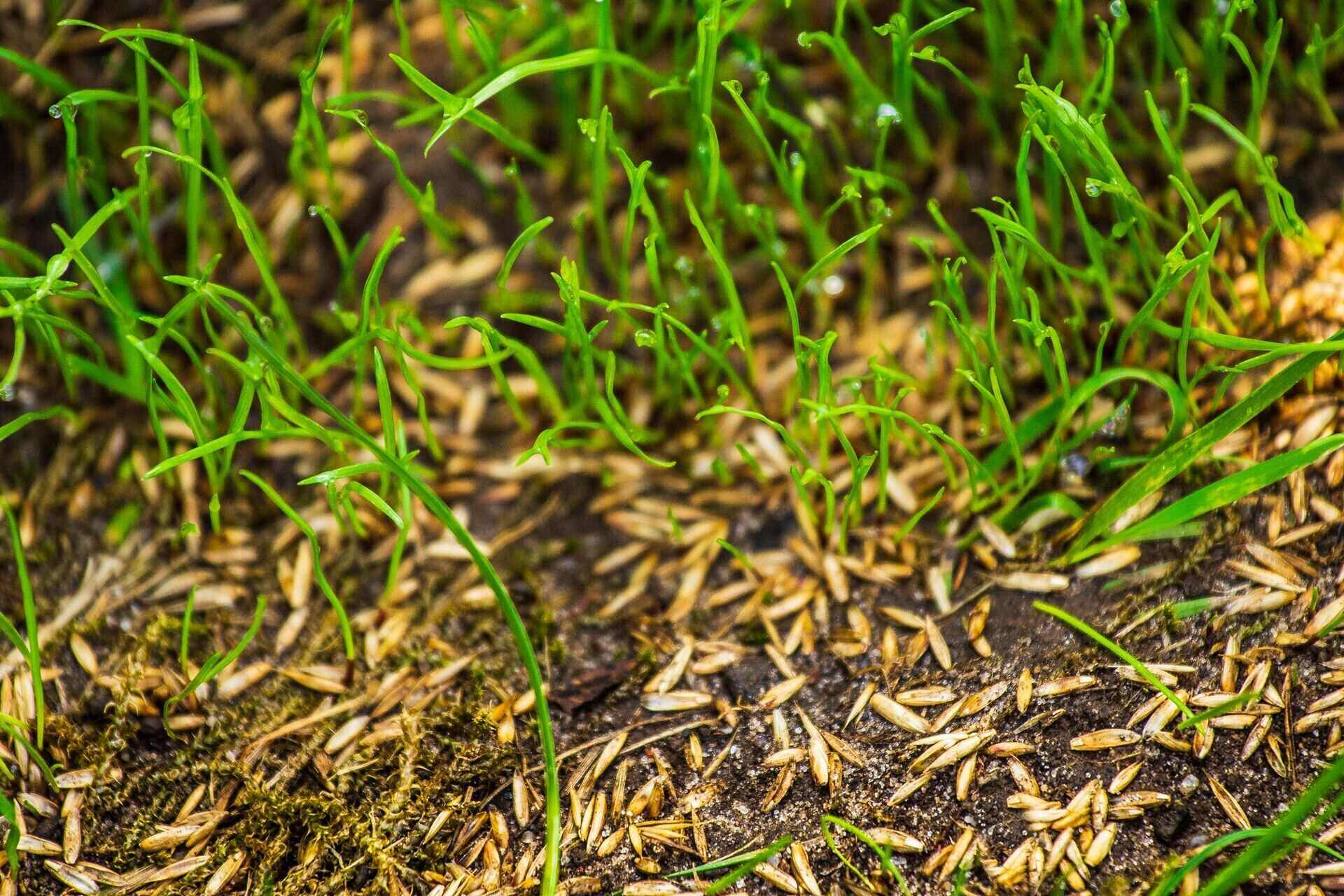
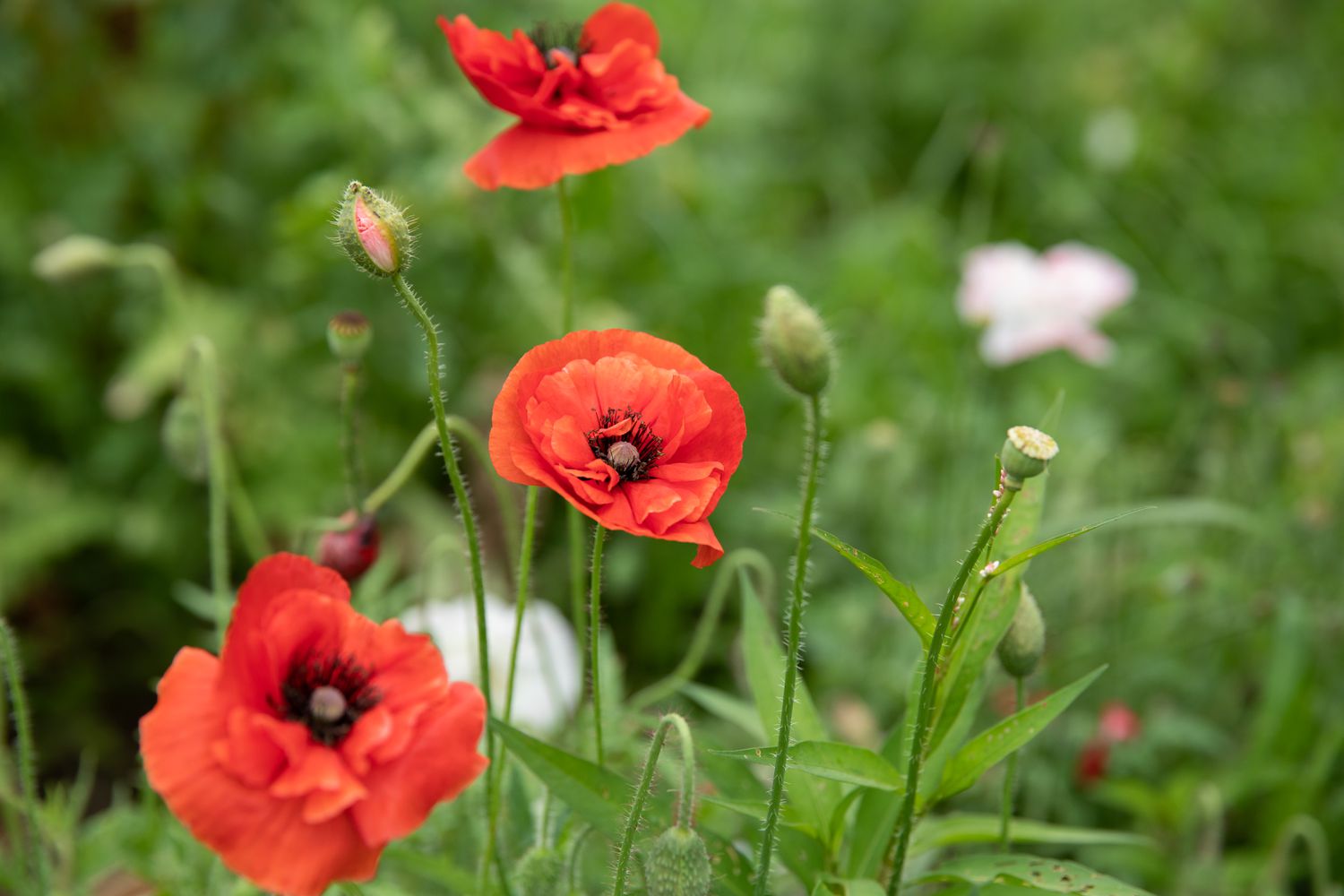

0 thoughts on “How To Plant Bermuda Grass From Seed”